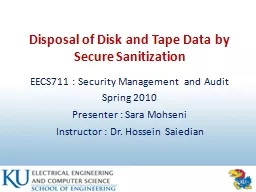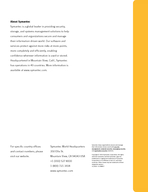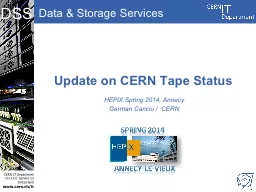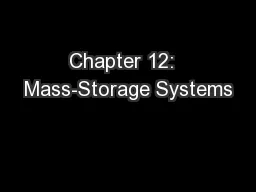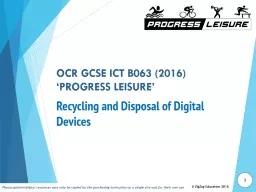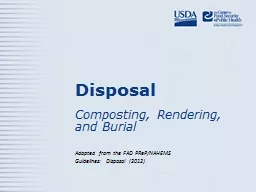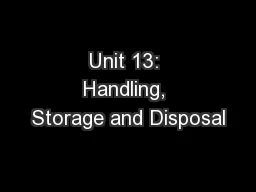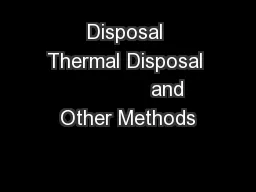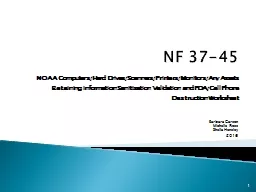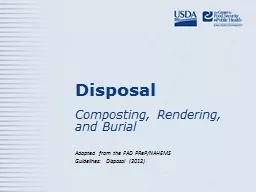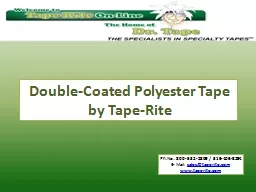PPT-Disposal of Disk and Tape Data by Secure Sanitization
Author : calandra-battersby | Published Date : 2016-03-17
EECS711 Security Management and Audit Spring 2010 Presenter Sara Mohseni Instructor Dr Hossein Saiedian Organization Introduction Federal Guidelines for Data
Presentation Embed Code
Download Presentation
Download Presentation The PPT/PDF document "Disposal of Disk and Tape Data by Secure..." is the property of its rightful owner. Permission is granted to download and print the materials on this website for personal, non-commercial use only, and to display it on your personal computer provided you do not modify the materials and that you retain all copyright notices contained in the materials. By downloading content from our website, you accept the terms of this agreement.
Disposal of Disk and Tape Data by Secure Sanitization: Transcript
Download Rules Of Document
"Disposal of Disk and Tape Data by Secure Sanitization"The content belongs to its owner. You may download and print it for personal use, without modification, and keep all copyright notices. By downloading, you agree to these terms.
Related Documents

